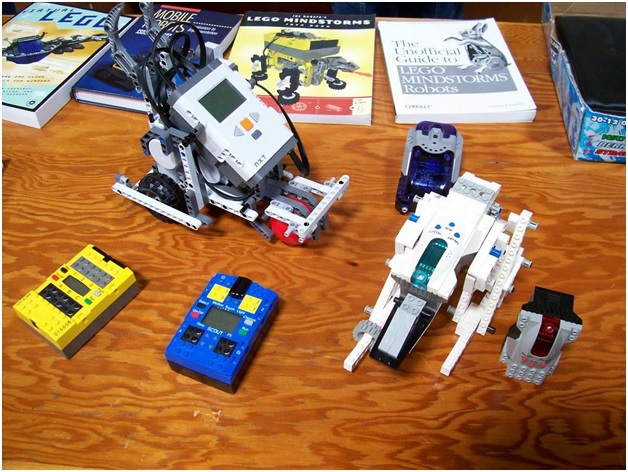Technology and robots have changed the way we function, and we see the world. Now, everything is digital, automatic or computerized. So, why are we keeping it from the children who define the future of the world?
School curriculums focused on the overall development of the child, and technology is a part of this development, especially in the world we are living in. Robotics for school seems like a good idea to move forward in terms of union between education and technology. It will not only enhance their ability to grasp its humongous abilities while helping them keep up with the academic pressure.
Basics of Robotics
Robotics deals with robots who are programmed to be move limbs, respond to stimulus, maybe speak or make some sounds. The robots to be used in school will be programmed in a special way to be able to work with children.
The robot has special sensors and motors. They receive a stimulus and perceive it, and finally respond in the right way based on its programming.
How Do They Help?
Robotics has a vast area of application. It is important to note that robotics has already become a part of automobile engineering (automatic cars), medical education (3D modeling to teach anatomy) or in healthcare (robotic laparoscopy). Thus, the application is infinite. Education is an important element that plays a major role in shaping the future.
Education also includes time-consuming assignments when you want to focus on building a robot. If you need extra help,we do your assignment for you. Robotics can change the way children think or learn. Following are some points to keep in mind.
1. Home-school
Many students cannot attend school due to various reasons, including severe healthcare conditions or family issues. There are special robots with monitors to provide school-like experience at home for such children.
They will never feel that they were left out in the school-experience. It can be done using an elaborate video conferencing system.
2. Almost real
Just mugging up the concepts is not enough. They must use their theoretical knowledge to practice. Thus, there are simulators. High-quality simulators can replicate various situations where you need to apply those concepts. In such a way, you will know how to use those things in the practical world and also remember the concepts easily. This is especially helpful for medical students where the simulated robot replicates the disease, and the students will learn to examine and diagnose the case.
3. Robot as a teaching tool
It is a relatively new concept.Efficient robots with artificial intelligence can be used in a teaching environment to help the students to learn and grow in a tech-environment. It will not only help the teachers to decrease the stress robots can help children with disabilities. Repetitive tasks in the classroom, which becomes boring and time- consuming can be left to the robots.
4. Fun in programming
If robotics is included in the school program, programming can be taught from the very basic level. They would find robotics entertaining and educational. Later on, if they want to pursue robotics as a career, it will not be a huge burden on them to learn the coding systems.
Educational robotics will strengthen their skills. They can learn robot programming, create, design, and assemble different types of robots. This will also portray the fact that robotics is not difficult; rather, it is fun and exciting.
5. Robots replace special needs
There are various students with learning disabilities or special abilities. Children with autism, dyslexia, personality disorders, or developmental disorders.
Such children learn at their own pace (which might be slow). It might be a difficult task for the teacher as there are other students to take care of. Therefore, robots can be created to suit such individual needs.
6. Building a smarter future
Children with an aptitude towards robotic engineering will never know whether they are made for it or not unless they program and code a real robot and see it functioning. Programming robots at an early age will help them decide their future from a very early age and work towards it.
Conclusion
It would be sufficient to say that a smarter future means robotics, automation, and artificial intelligence. If they are becoming a part of our daily life, why should education lack robotics?
Waiting till the children join robotics engineering schools would be too late. In this fast and technology-driven world, children need to know how to create and design robots. This would help them to understand the world much better.
Apart from futuristic goals, robots can help children with teaching and provide special care to an individual while decreasing the stress on teachers. Thus, robotics is essential to be included in the education system.


